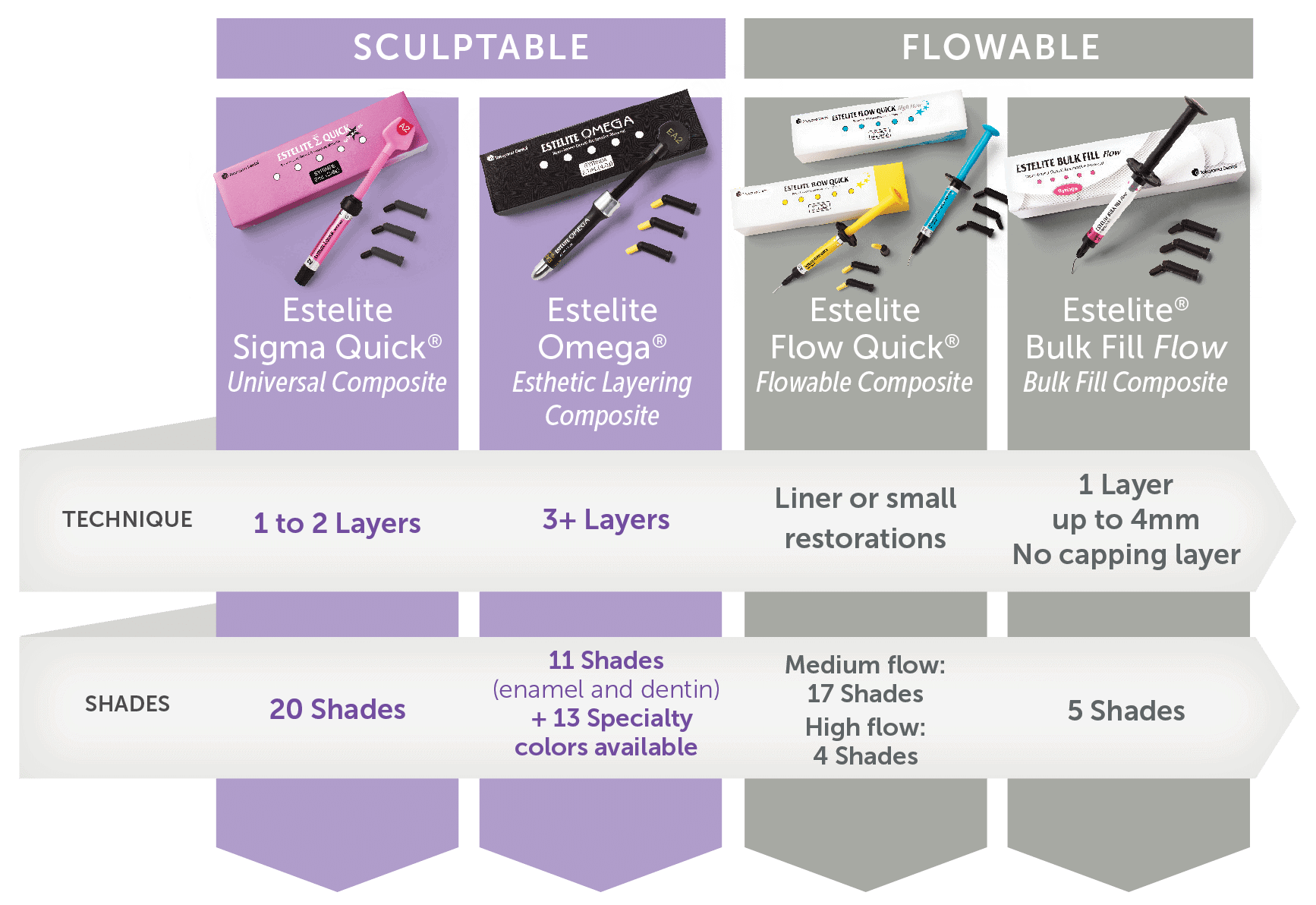Spherical Filler Technology
Estelite Composites – Simple & Beautiful with Lasting Results

Developed over 25 years ago by Tokuyama’s Research & Development Team in Japan, Estelite’s spherical filler particles have won numerous awards for delivering superior benefits to Doctors and patients alike. With an average particle size of 200 nanometers (supra-nano), the spherical filler particles are the foundation to delivering simple, lasting and beautiful results.
Other composites brands contain irregular shaped sized fillers, which interfere with polishability, shade blendability, and longevity. However, as a result of the revolutionary spherical filler technology, Estelite composites exhibit exceptional esthetics while maintaining excellent physical properties, a signature feature of Tokuyama Dental’s composite resins.
SEM Images of Filler Shape (20,000 magnification)
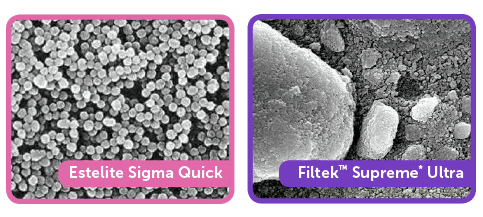
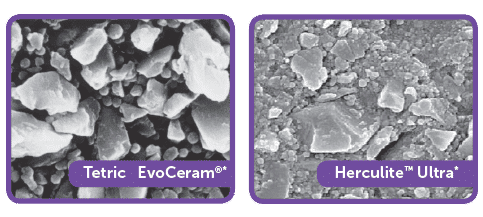
*Not a registered trademark of Tokuyama Dental Corp.
Miracle Match Shades
Utilizing Tokuyama Dental’s proprietary spherical filler technology, Doctors can invisibly blend tooth shades resulting in a flexible shade matching process. Most composite fillers refract and diffuse light irregularly, thus one composite shade is essentially limited to one tooth shade. In contrast, the rounded surface of the spherical particles used in all Estelite composites uniformly refracts and diffuses light, creating a superb blend to surrounding tooth structure and resulting in a “superior blending effect” that matches several shades.
In the next images you can see an example of how well A3 and A2 blend with multiple shades:
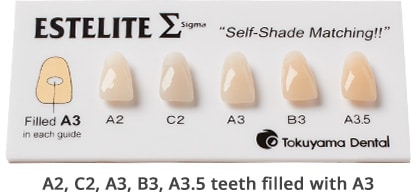
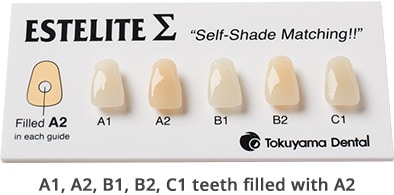
Unique Estelite Benefits
- Creamy, non-stick handling that retains form for easier shaping.
- Low volumetric shrinkage rate.
- Lower shrinkage stress for decreased post-op sensitivity and long-lasting patient comfort.
- Marginal adaptation.
- Only 10 seconds curing time.
Additional Advantages of 100% Spherically Shaped Particles
- Low composite wear over time while causing less wear on opposing teeth.
- Unsurpassed gloss with reduced polishing time.
- Long-term polish retention.
Main differences between Tokuyama Composites:
